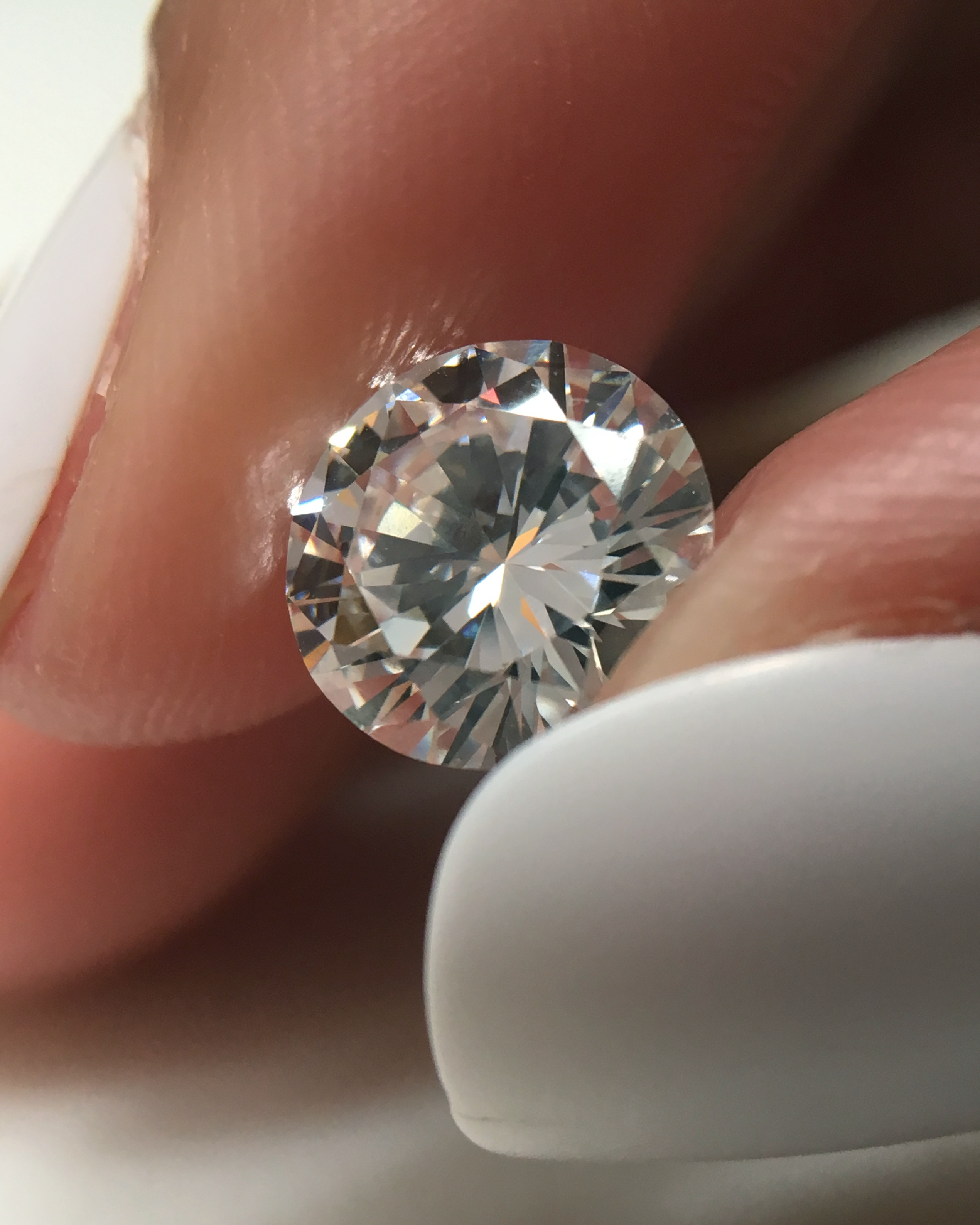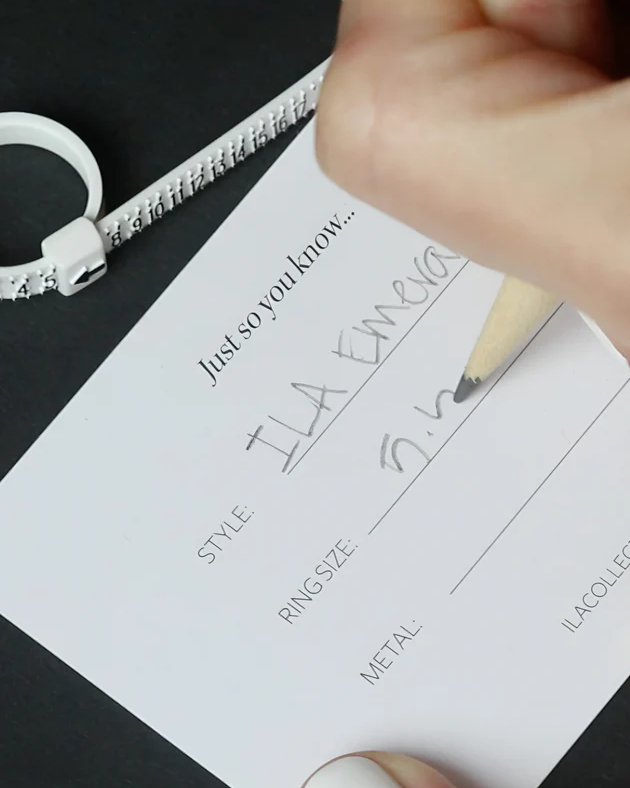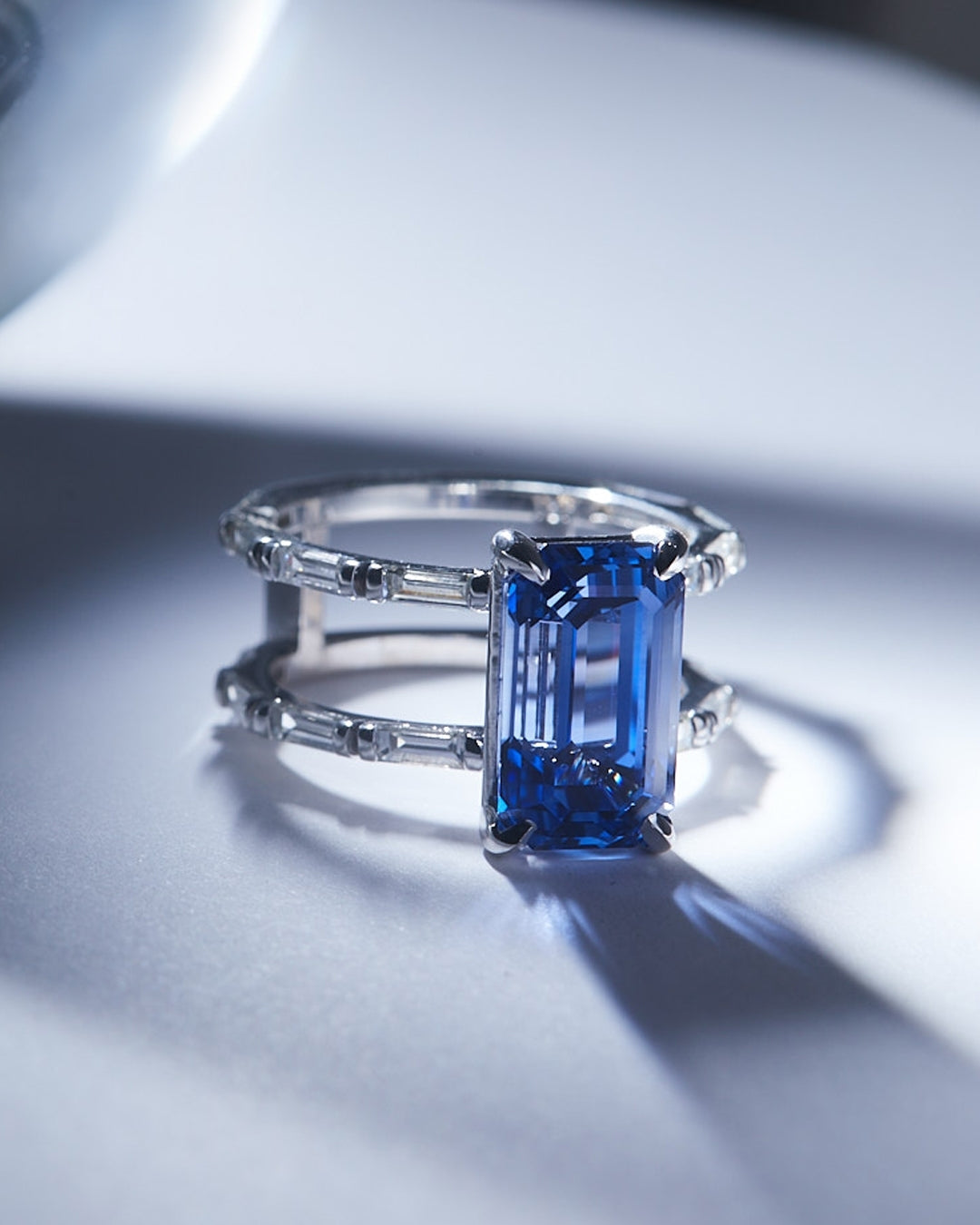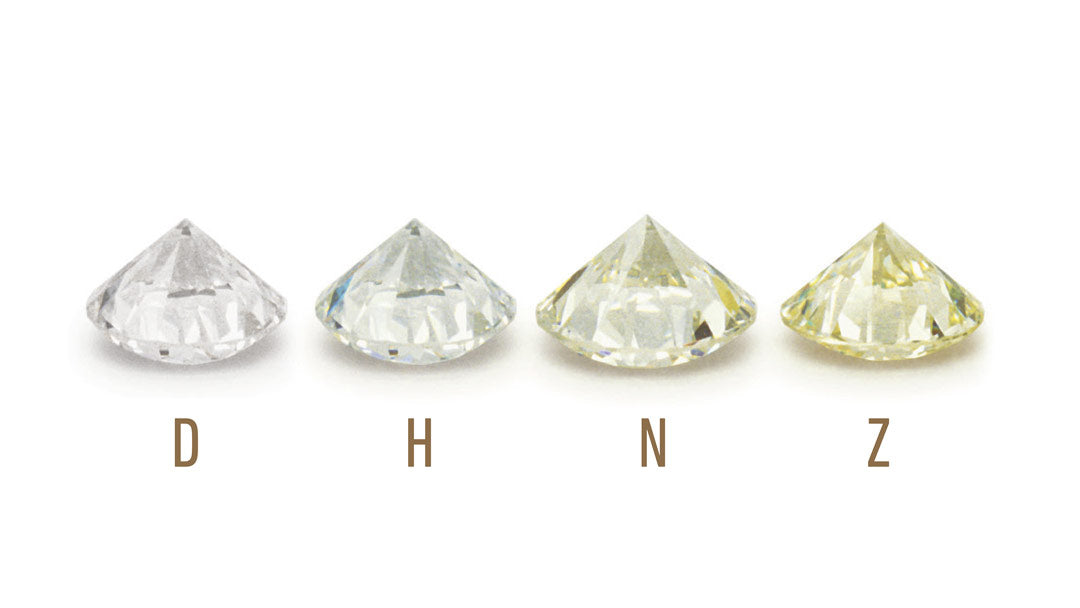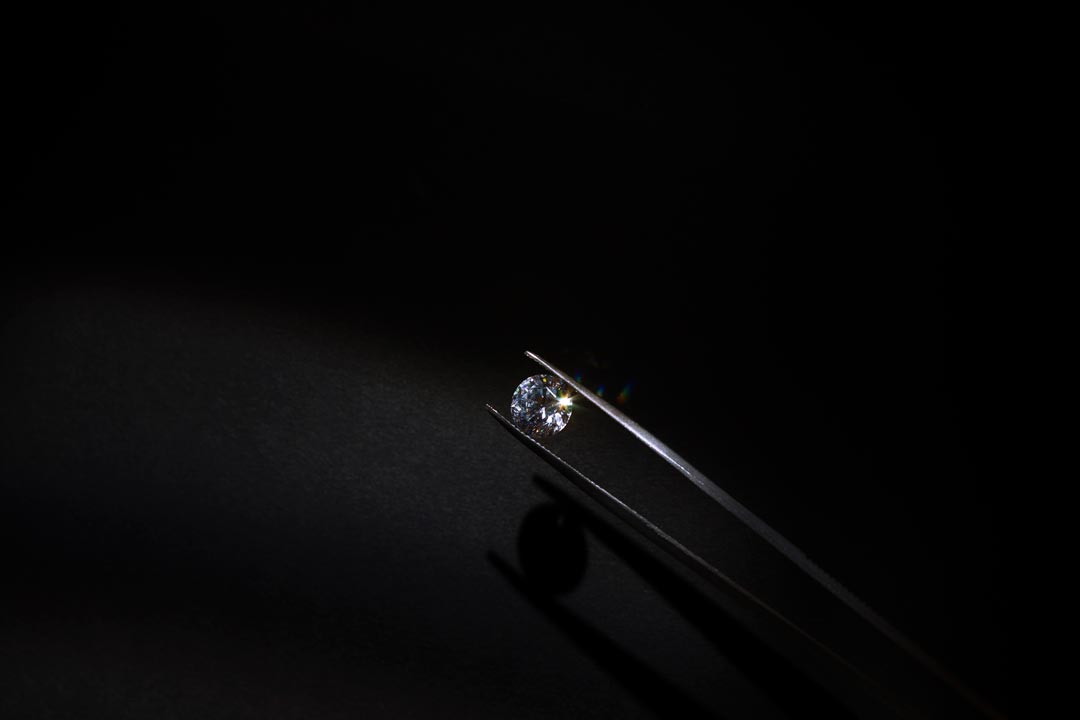
Lab Grown Diamonds: Everything You Need to Know
Lab-Grown Diamonds Explained
So you are on your way to buy your long-awaited diamond solitaire, and you have heard a lot of different opinions on what kind of diamond to buy. You may have seen a celebrity promoting lab-grown diamonds, while your local jeweler swears by natural diamonds. What is the difference between the two? Is there any dissimilarity at all? How much is the price difference between natural mined diamonds, lab-grown diamonds and simulated or imitation diamonds? Let us help you demystify it all.
Defining diamonds:
To begin with, a diamond is defined as a mineral consisting essentially of pure carbon crystallized in the isometric system. It may have minute amounts of nitrogen and other foreign elements.
When this mineral is mined from the depths of the earth, it is known as a natural or mined diamond. These diamonds were formed billions of years ago around 150 km below the surface of the earth.
But when the same mineral is made in the laboratory within a few weeks or months, it is called a laboratory-grown diamond. These man-made diamonds have the same physical and optical properties as natural diamonds, and even the chemical composition and crystal structure is quite close and essentially the same. For example, a diamond is the hardest known mineral to man. The hardness (10 on Mohs scale) remains the same for any diamond, whether natural or lab-grown. There are two methods used to grow diamonds in the lab: HPHT and CVD.
HPHT:
High Pressure High Temperature (HPHT) process creates similar conditions required in the earth for diamond growth. A diamond seed is placed in a large press producing high pressures of around 5 GPa at very high temperatures (above 1400 degree Celsius.) The metallic flux made molten during the process acts as a solvent and a catalyst for the carbon atoms to crystallize around the seed crystal, forming a lab-grown diamond.
CVD:
Chemical Vapor Deposition (CVD) is a process where carbon atoms precipitate out of a plasma ball and then deposit onto a substrate that is either diamond or silicon. A diamond forms in thin layers as the deposit builds over time. The technique requires modest pressure and temperature.
So, whether your diamond comes from a lab or the earth, it will have the same properties and brilliance that you would look for in diamond jewelry. That is, however, not the case with imitation diamonds.
Imitation diamonds:
An imitation diamond only looks like a diamond. It doesn’t share any of the optical, physical and chemical properties. Such an imitation is called a simulant. A simulant can be mined or lab-created. Cubic zirconia and synthetic moissanite are examples of simulants created in the lab, whereas, simulants like rock-crystal quartz and colorless sapphire are mined from the earth. Simulants are much less expensive and reduce the cost of any jewelry, while a lab-grown diamond costs about 40% less compared to a natural diamond.
Thus, it is also important to know the appropriate diamond lexicon when buying jewelry. This will help you to make informed decisions while purchasing.
Diamond terminology:
When ‘diamond’ appears as a stand-alone word, it means a natural or mined diamond.
The terms recommended for man-made diamonds are laboratory-grown, laboratory-created or [manufacturer name]-created, so that it is clear the diamond is not mined. The word ‘cultured’ may also be used in conjunction with one of the three terms.
The term ‘synthetic’ is not recommended nowadays for lab-created diamonds, since many lab-grown diamond traders feel it is misleading. But it is not prohibited, and it is still widely used and accepted.
Simulants should also not be referred to as a diamond or lab-grown diamond. A simulant should not be, in any way, described as something that has the same properties of a diamond. Also, it is wrong to use any qualifier that includes the term ‘diamond.’ For instance, American diamond and Herkimer diamond are both misnomers for cubic zirconia and rock-crystal quartz respectively. Both are simulants, as we read before. Consumers should be aware of such misleading terminology.
Seal the deal with a certificate:
It is also better to buy diamonds and diamond jewelry certified from a reputed gemological laboratory in order to be safe from fraudulent trade. GIA is one of the most trusted labs for grading natural diamonds, and established diamond grading laboratories like GCAL and EGL are known for issuing lab-grown diamond reports as well. Be it a natural or lab-grown diamond, a lab report means you have detailed information on what you are ultimately paying for. To read more on gemstone and diamond grading laboratories, continue here.

